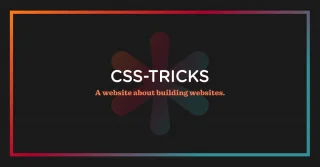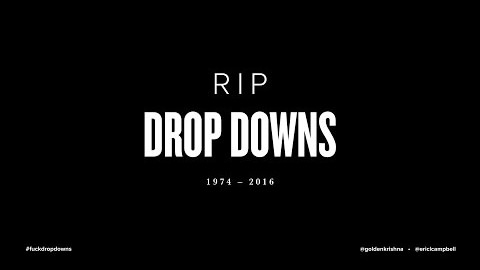Short Trip is the first instalment in a collection of interactive illustrations created for the web. It has been created as a study into capturing the essence of graphite on paper within a digital context, and to learn more about web-based graphics technologies. Short Trip will run on most devices supporting WebGL, including mobile devices.
Sehr tolle und beeindruckende Arbeit von Alexander Perrin. (via Waxy)






